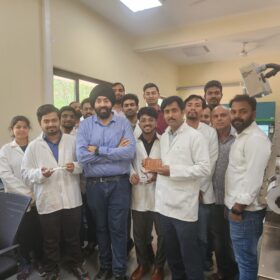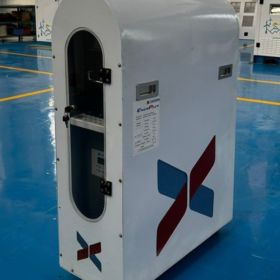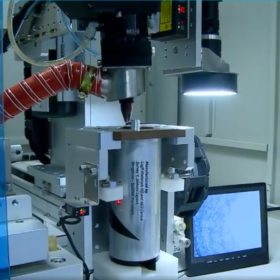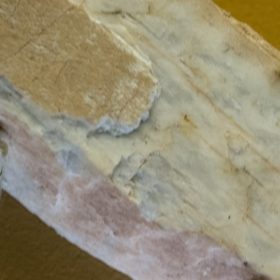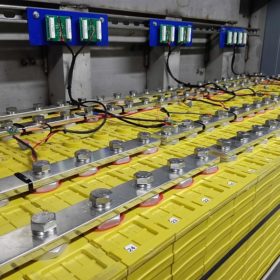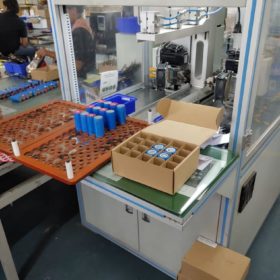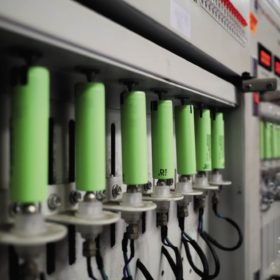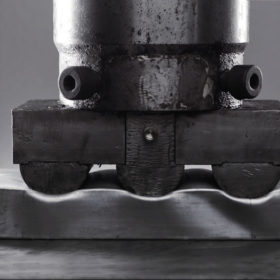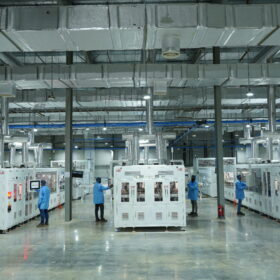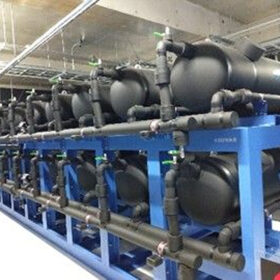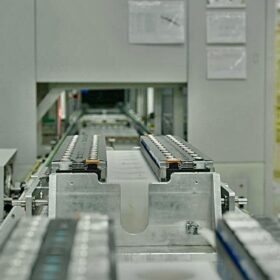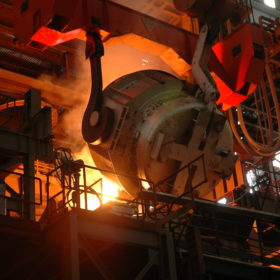IIT Kanpur, Lohum collaborate on lithium battery testing for safety and sustainability
IIT Kanpur and Lohum will work together to advance lithium-ion battery testing technology and techniques for evaluating battery raw material quality. Lohum will additionally sponsor R&D labs at IIT Kanpur, provide a research fellowship to Ph.D. students, and help IITK commercialize its research outcomes.
Jakson unveils lithium battery inverter for residential applications
The 3 kW battery energy storage system with a 3 kW hybrid inverter and a 4.8 kWh, 48V lithium-ion battery module can be scaled to MW scale depending on the power backup requirement.
Log9 Materials opens lithium battery cell factory
Bengaluru-based Log9 Materials has launched the production of li-ion battery cells from its factory in Bengaluru. The facility will produce lithium-titanium-oxide (LTO) and lithium ferro-phosphate (LFP) chemistry cells with significantly improved energy densities.
Jammu and Kashmir may hold lot more lithium resources than 5.9 million tonnes
The Geological Survey of India (GSI) proposes further exploration activities to estimate the value of lithium in Jammu and Kashmir.
New EV battery offers 50% more density than traditional lithium-ion batteries
Ionblox says it will use $32 million of series B funding to support the buildout of a novel silicon anode electric vehicle battery.
Battery energy storage in 2022
Battery swapping, solid-state batteries, second-life batteries, evolution from lithium to novel chemistries, and Cloud-based battery management system were the key trends in battery energy storage during the year.
Neuron Energy to invest INR 50 crore in lithium battery pack business
The Mumbai-headquartered lithium battery manufacturer plans working capital finance of INR 35 crore and equity investment of INR 15 crore to increase production capacity and fulfil orders from large OEMs.
ACE Green to set up lithium battery recycling plants in India
US-based ACE Green is setting up lithium battery recycling plants in Uttar Pradesh and Gujarat, where it will use a zero-waste hydrometallurgical recycling process to extract valuable materials from dead batteries.
Amara Raja to set up 16 GWh lithium battery cell fab in Telangana
The automotive battery major will invest INR 9,500 crore over the next ten years to set up a 16 GWh lithium cell factory, 5 GWh battery pack assembly unit, and research and innovation center in Telangana.
Attero to invest $72.4 million in setting up ‘world’s most advanced’ Li-ion battery recycling plant in Telangana
The company already has a state-of-the-art lithium battery recycling plant in Roorkee, Uttarakhand, with a recovery efficiency of more than 98% across various battery materials. It said the new plant in Telangana will increase its Li-ion battery recycling capacity to 19,500 MT by the end of 2023 from the current 4,500 MT.
